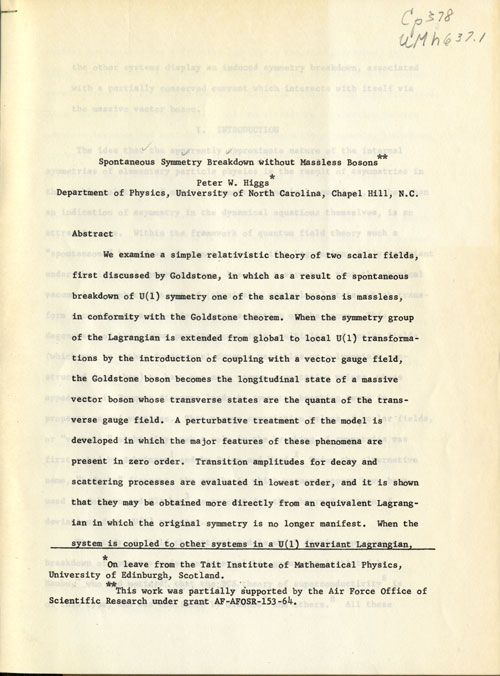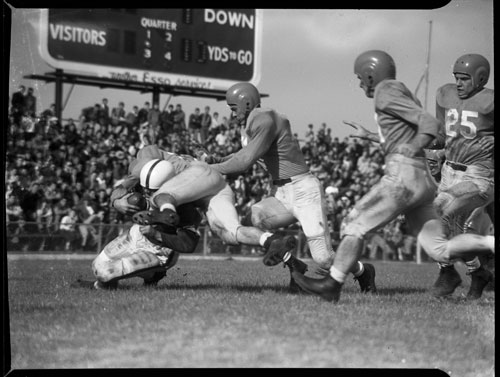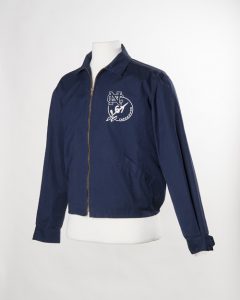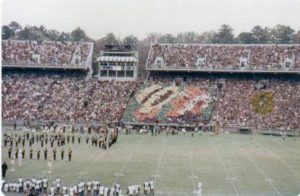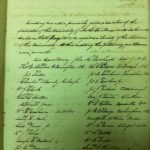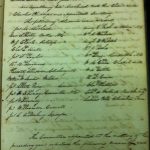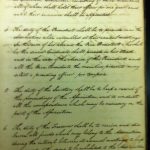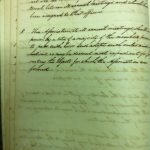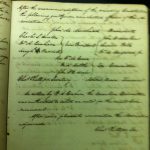The Alumni Association of the University was organized on the 31st of May, 1843. The following were present, being the first members:
John D. Hawkins, Franklin, Class of 1801.
John Hill, Wilmington, Class of 1814.
Charles Manly, Raleigh, Class of 1814.
Charles Hinton, Wake County, Class of 1814.
John M. Morehead, Governor, Greensboro, Class of 1817.
William M. Green, Chapel Hill, Class of 1818.
Hugh Waddell, Hillsboro, Class of 1818.
William H. Battle, Chapel Hill, Class of 1820.
William A. Graham, Hillsboro, Class of 1824.
John W. Norwood, Hillsboro, Class of 1824.
J. DeBerniere Hooper, Chapel Hill, Class of 1831.
Cadwallader Jones, Jr., Hillsboro, Class of 1832.
Wm. H. Owen, Chapel Hill, Class of 1833.
Harrison Covington, Richmond County, Class of 1834.
Wm. W. Hooper, Chapel Hill, Class of 1836.
Benjamin I. Howze, Haywood, Class of 1836.
Ralph H. Graves, Chapel Hill, Class of 1836.
Henry K. Nash, Hillsboro, Class of 1836.
Pride Jones, Hillsboro, Class of 1837.
Alpheus Jones, Wake County, Class of 1839.
Thomas D. Meares, Wilmington, Class of 1839.
William S. Green, Danville, Va., Class of 1840.
Benjamin F. Atkins, Cumberland County, Class of 1841.
Robert R. Bridgers, Tarboro, Class of 1841.
John W. Brodnax, Rockingham County, Class of 1841.
Wm. J. Clarke, Raleigh, Class of 1841.
John D. Hawkins, Jr., Mississippi, Class of 1841.
Charles Phillips, Chapel Hill, Class of 1841.
Samuel F. Phillips, Chapel Hill, Class of 1841.
Richard J. Ashe, Hillsboro, Class of 1842.
Stephen S. Green, Chapel Hill, Class of 1842.
Governor Morehead was called to the chair. Messrs. Wm. A. Graham, John D. Hawkins, John Hill, Charles Manly, Wm. M. Green and William H. Battle were appointed a committee to report a constitution to the meeting in 1844 at Commencement. Thomas D. Meares was appointed Secretary.

 Great football moments from UNC’s past will come to the screen with an encore showing of Gridiron Glory in WIlson Library before the UNC-Virginia game. Continue reading
Great football moments from UNC’s past will come to the screen with an encore showing of Gridiron Glory in WIlson Library before the UNC-Virginia game. Continue reading
